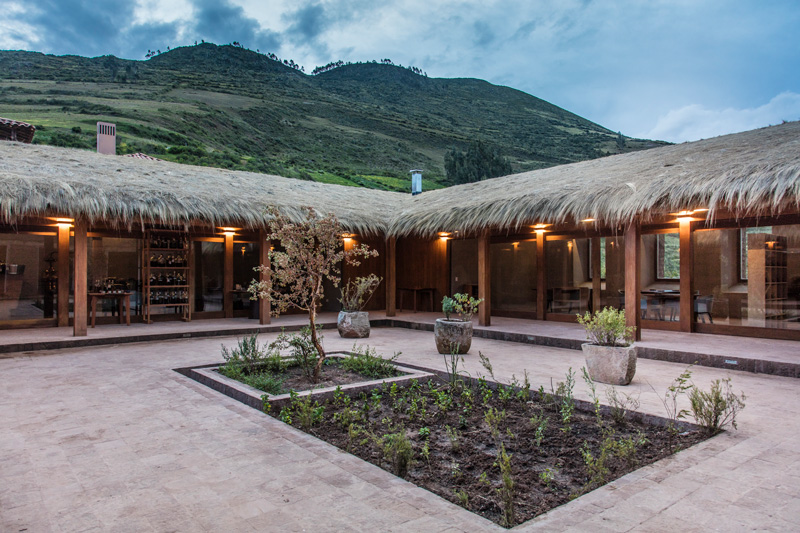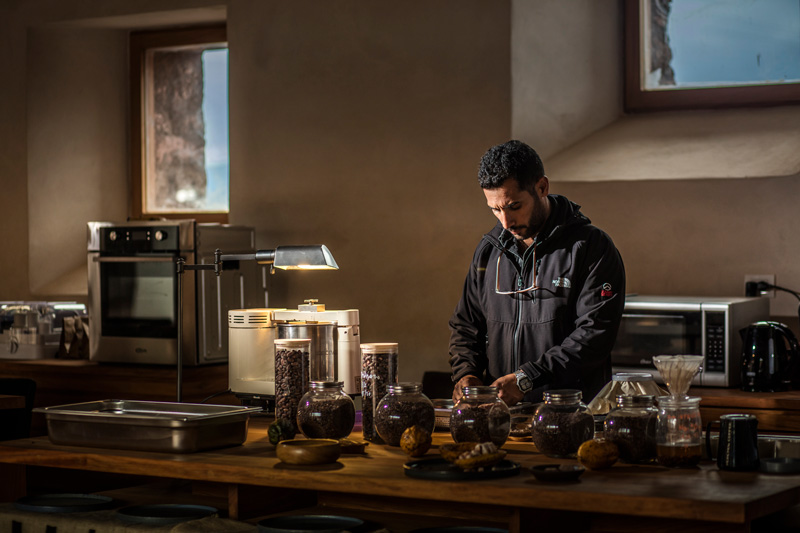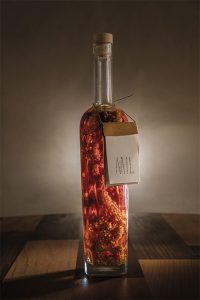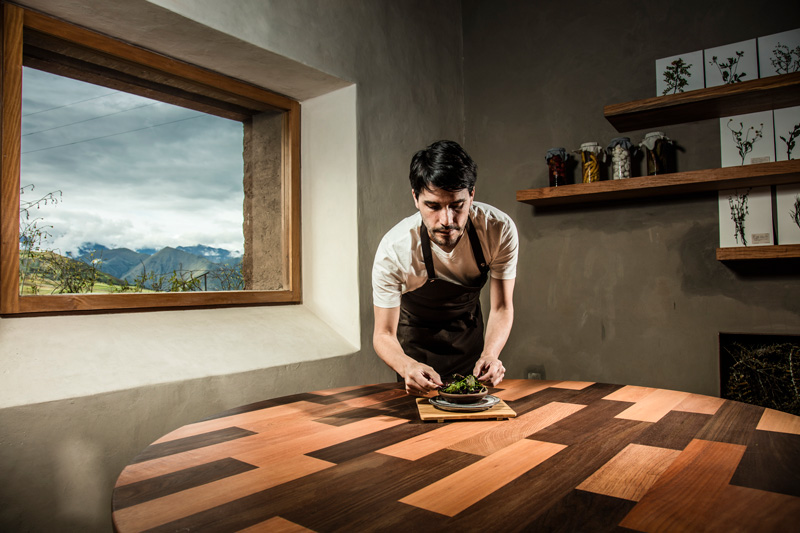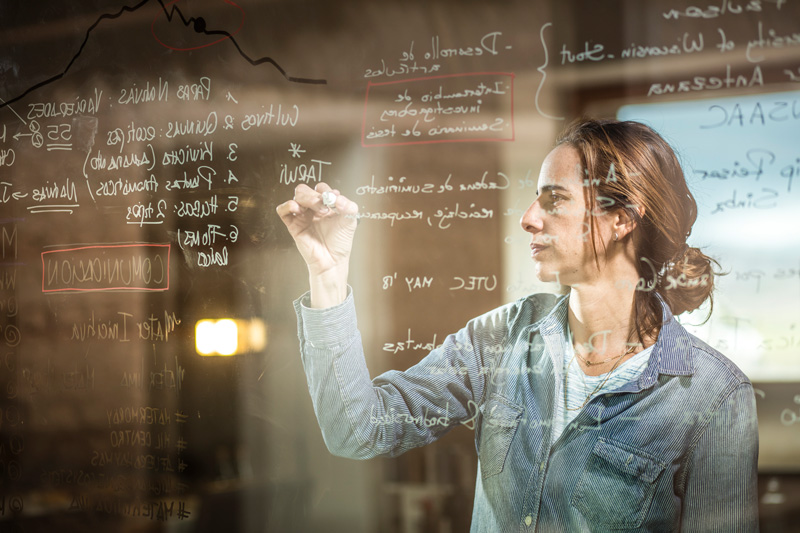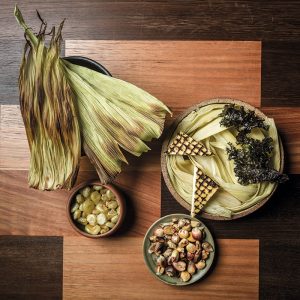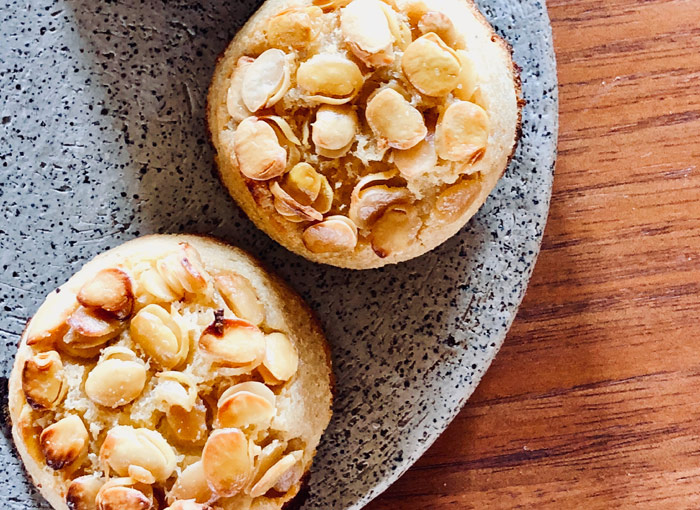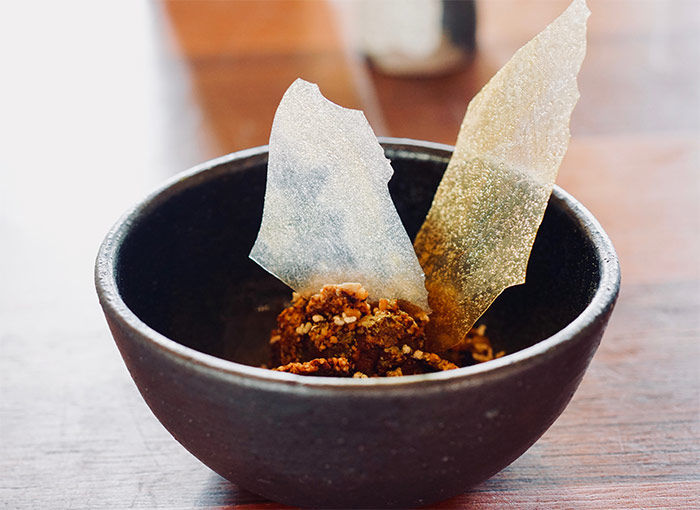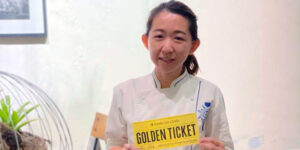Luis David Valderrama: “We are subjected to local availability of the product, so we have to be very creative”
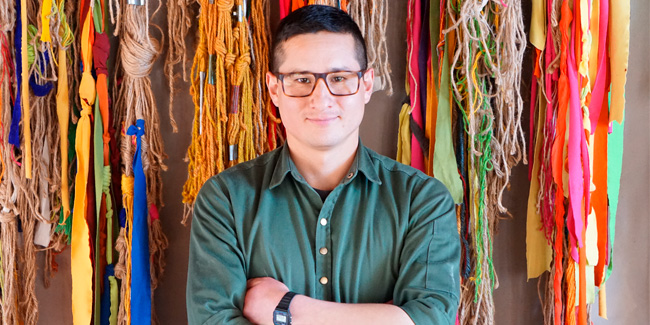
This summer I had the chance to visit the beautiful country of Peru. After touring for a few days in Lima, I took a plane to the old Royal Inca city of Cusco. Deep in the Sacred Valley, this area is visited by millions of tourists every year. It has become a destination place, with many archeological sites, places and interesting towns near by. I checked in at the Belmond Hotel, a 300-year-old refurbished monastery, located just next door to the Plaza de Armas and the main city square, is the ideal place to stay and discover the delights of the city. Its doors open to a vibrant scene of old and modern architecture, markets, galleries, and cafes serving local Andean cuisine.
I began my adventure driving 40 minutes to Chinchero, a very special village. The place is full of traditions, famous for its women dressed in traditional costumes who work dyeing textiles with natural pigments and weaving alpaca and llama hair the old fashion way. The craft these women have working with the textiles is unbelievable, they showed us how they weave and make colors with boiling pigments.
After the Chinchero visit, I drove to the next town over to Maras to visit the salt mines. Maras played a very important role in the Inca Empire, this region of Peru has natural salt water springs. The Incas created terraces and irrigation systems, where the sea water gets distributed through canals depositing water in the terraces to be harvested into salt. The salt mines are property of the community and each family who lives nearby gets an area of the mine to be harvested, the bigger the family by number of family members, the bigger the pond they got
Mil, new place located overlooking the ruins of Moray
It was almost time for lunch and I was looking forward to this moment. We had lunch reservations at Mil restaurant, Virgilio Martínez’s new place located overlooking the ruins of Moray. Mil, which opened in the winter of 2018, focuses on ancestral native cuisines with ingredients grown in different altitudes of the Andes. Moray was an Inca laboratory, a place for research, testing, and investigating, a place dedicated to learning the crops at different altitudes.
Knowledge has passed from generation to generation, Virgilio Martinez works with native communities from the basins of the Amazon all the way up to Moray. ”He doesn’t want just to be a farm to table restaurant but a place that goes beyond that”. Mil is located in a place where you can find a lot of biodiversity. For example, the ocean is off-limits; instead, he and his team are sourcing fish from high-altitude lakes. Coffee, cocoa, root vegetables, various meats and legumes, and Andean grains like quinoa. Home based in Mil is the research laboratory of Mater Inisitavia, Virgilio Martinez works hand in hand with his sister Malena Martinez, who is the director of the restaurant group culinary research team, called Mater Inisiativa, a non-profit organization formed by a team of scientists, biologists, botanists, and anthropologists working together to learn more about Andean food culture and science. The menu takes you through different altitudes course by course. David Valderrama is the Chef de Cuisine in charge of Virgilio and Pia Martinez’s newest restaurant concept.
“Mil, which opened in the winter of 2018, focuses on ancestral native cuisines with ingredients grown in different altitudes of the Andes”
When we arrive we were greeted by Luis. He explained the concept to us, and how Mil got its name,“Mil means thousand in Spanish.” Luis said, There are a thousand ways to describe Moray. They work with native communities that live near the restaurant and which provide the roots, herbs, and produce that are used at Mil. They are in the process of naming, classifying and study them, to discover different flavors, reactions, and aromas before experimenting with them. They have a very interesting variety of liquor and beer. They make their own fermentations with roots, leaves, cereals and fruits, where later they use the destination method to create their own liquor, spirit or alcoholic beverages. They have one that is called Coñazo. This comes from the double distillation of sugar cane, so it is like a very strong rum. They also make their own vodka from the potatoes. They have a very interesting variety of coffee beans, using the Geisha coffee bean from the jungle in Cusco, “we call it tree monkeys”, they use a biodynamic calendar meaning that the growers base the growing of the crops based on the moon calendar.
“Mil works with native communities that live near the restaurant and which provide the roots, herbs, and produce that are used at Mil. They are in the process of naming, classifying and study them, to discover different flavors, reactions, and aromas before experimenting with them”
After a brief explanation of the different areas of Mil, we sat down in the 30 people lunch only dining room. When you enter, the first thing that catches your eye is the beautiful tapestry, with different colors, made out of llama hair, probably from Chinchero. The white rectangular room, with a hay roof and beautiful wood beams, add a minimalistic feel. It possesses a connection between the land and the sky, the furniture is balanced with a natural feel, light comes from the open patio and from five windows overlooking the ancient ruins of Moray. The architecture is simple but very elegant. The fire place is a nice enhancement to the room, especially when its cold. The service is impeccable, each course comes in a different plate that perfectly matches the food, the tasting menu comes with a liquor tasting, consisting of a red wine, two beers and some perfectly crafted cocktails that are served in a variety of clay and glass vessels, everything comes together perfectly.
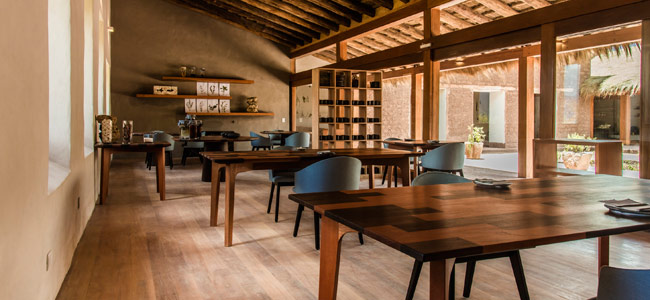
Every material used to build the restaurant came from around that area. The place itself is a tribute, a continuation of discovering ingredients, matching them carefully to create a sublime dish, taking care of the registration and the use of new produce, the love for their land, and helping communities come together through food.
When you enter and try his food you truly understand what Virgilio Martinez is trying to communicate in this temple of knowledge and good food.
Now don’t think this is like the typical fine dining restaurant where you need a jacket, no dress code is required. People come as they are. The ambiance is sleek and relaxed since its in a remote location and its not cheap, the people who come here are true food connoisseurs who know how to appreciate good food. Virgilio Martinez said, “This food is not for everyone”. and he is right. We had the chance to interview Luis David Balderrama, chef de cuisine at Mil.
“We haven’t changed the concept since the restaurant opened; there is no specific date, we really work with what we have available”
How did you end up working for Virgilio Martínez at Mil?
I never thought being a chef! My career as chef began thanks to my twin brother, Carlos, who attended culinary school while I was studying business administration. My brother would always bring food from school and I was really influenced by him so I changed my career and decided to join my brother in culinary school. He was working for Virgilio in Central as a subchef, and I went to do my practical training with him at Central.
What was your job while working at Central and how did you come to be in charge of Mil?
When I started working, I was in charge of the cold station; filleting fish, serving tiraditos, ceviches. This is before we had the tasting menu, and before we were included in the 50 Best Restaurants list. I was another of the sub-chefs. I always wanted to keep learning, I love the research part of plants and roots, so working with Mater Inisiativa I got a scholarship to go study at the Basque Culinary Center. It was a very interesting project where I brought over different plants and roots from this area of Peru and working together we researched, learned, and discovered new botanical properties to these plants.
“Mil is my chance to work close to the land, something I always wanted to work in my expertise working with plants, discovering and creating new ways of cooking with them “
So when Virgilio proposed that I take over the kitchen at Mil, I didn’t hesitate. This was my chance to work close to the land, something I always wanted to work in my expertise working with plants, discovering and creating new ways of cooking with them. I moved here eight months ago; we have a team of eight and we all come from Central so we came here to incorporate our know-how.
How involved are you in the creation of new dishes? How much time does Virgilio here?
We haven’t changed the concept since the restaurant opened; there is no specific date, we really work with what we have available and even though we have a set menu, sometimes our small providers simply just run out or don’t have a certain ingredient, so we have to be very creative.
Virgilio comes at least every week, and in our time off the Team goes trekking. We explore lakes, markets, producers and we work with native communities to determine how they can participate. We have made a lot of friends while working together so closely, it’s a great way of bringing the community together. We are always creating new dishes so when Chef Virgilio comes we can show him and we brainstorm together to come up with new items.
“For the first three months we focused on finding providers and building relationships with them and brain stormed to come up with the tasting menu”
What has been the major challenge that you encountered when you guys opened the restaurant?
Coming from Central, it was a tough adjustment. Here, it’s not like if you run out of apples you can call, and someone will deliver a case of apples to the restaurant. Here it’s a challenge because as I said before, we are subjected to the local immediate availability of the the product.
When we opened, sometimes our producers would say that they ran out of product so we have to improvise and create. We are in a fine dining restaurant so we always have to deliver no matter what.
For the first three months we focused on finding providers and building relationships with them and brain stormed to come up with the tasting menu.
